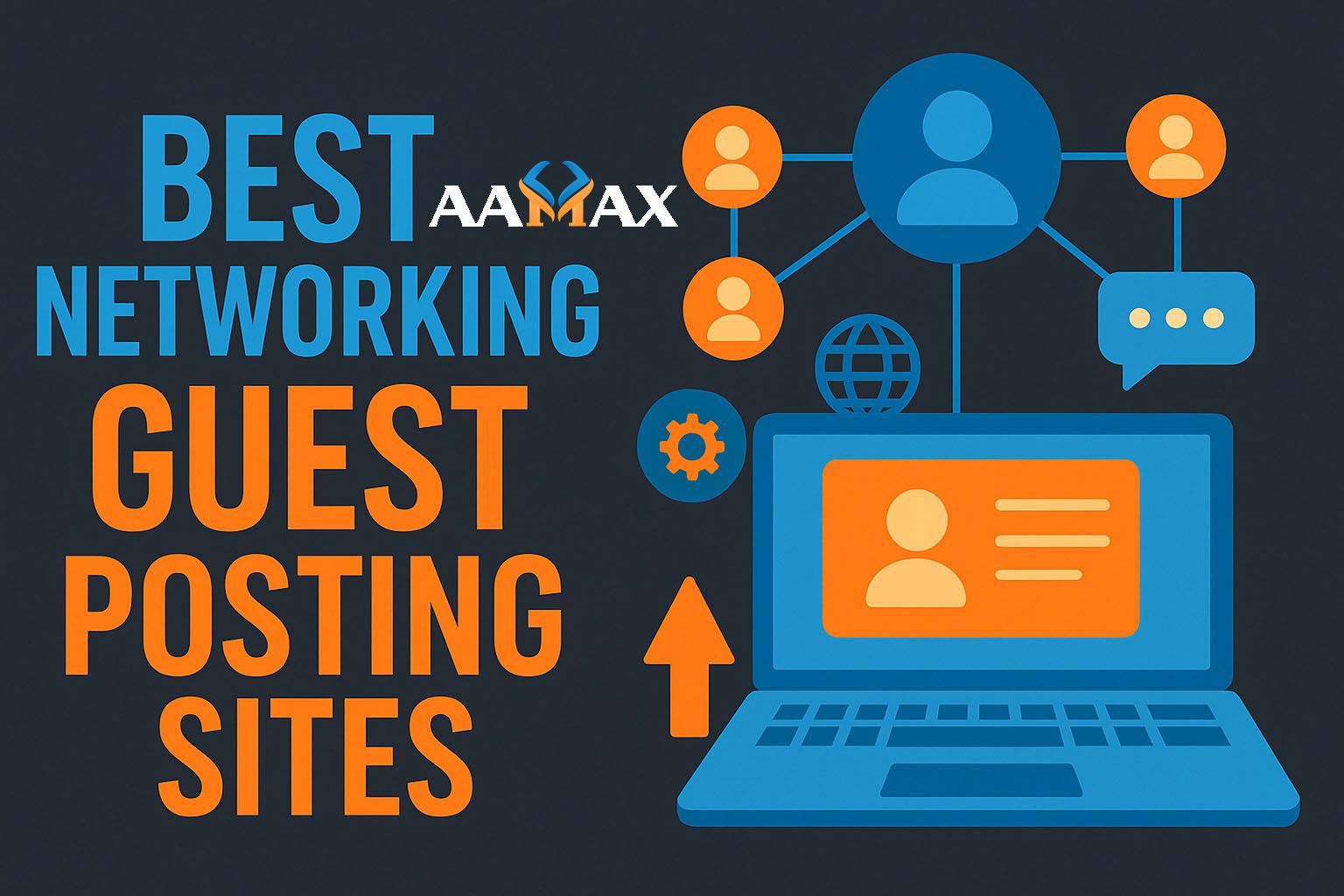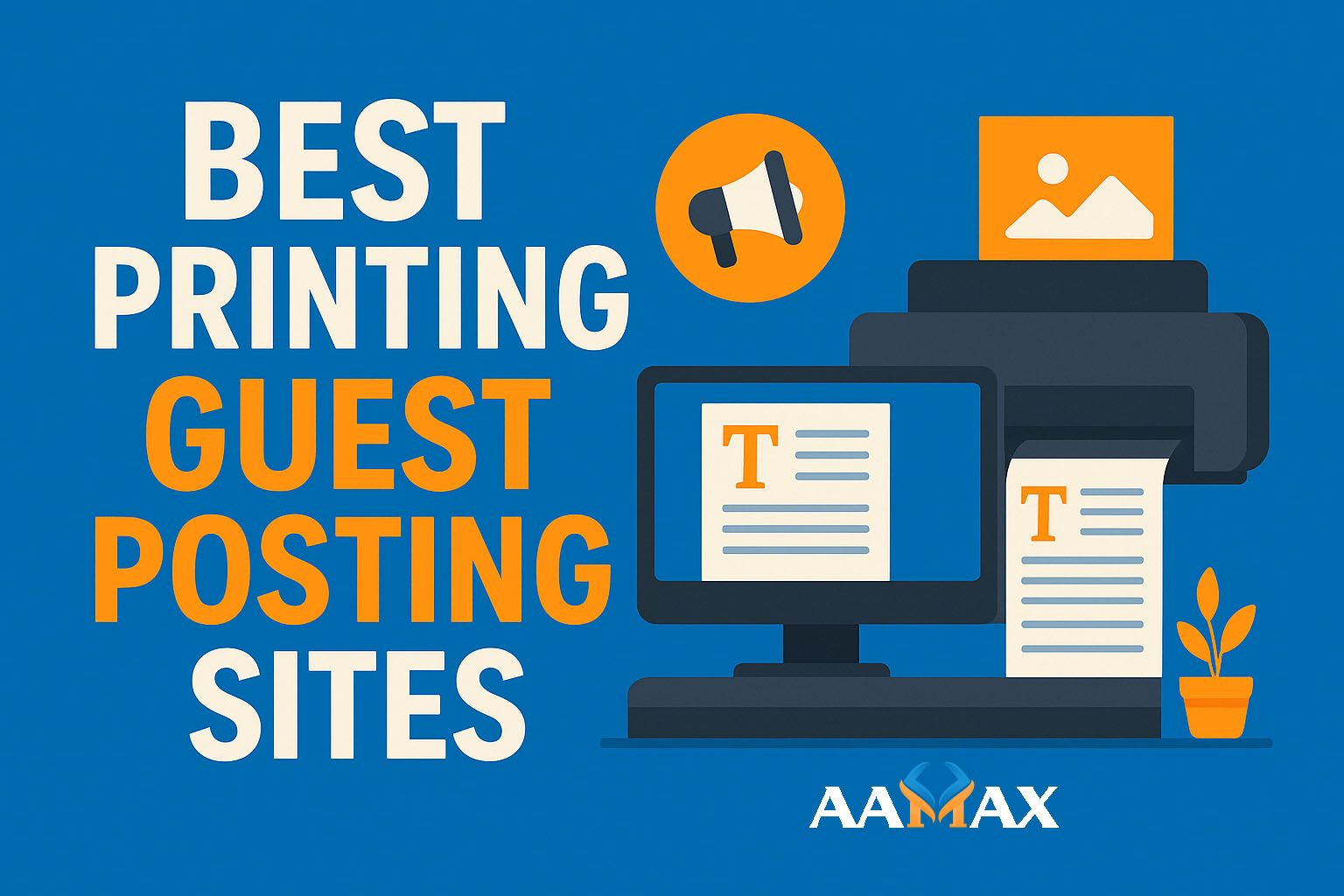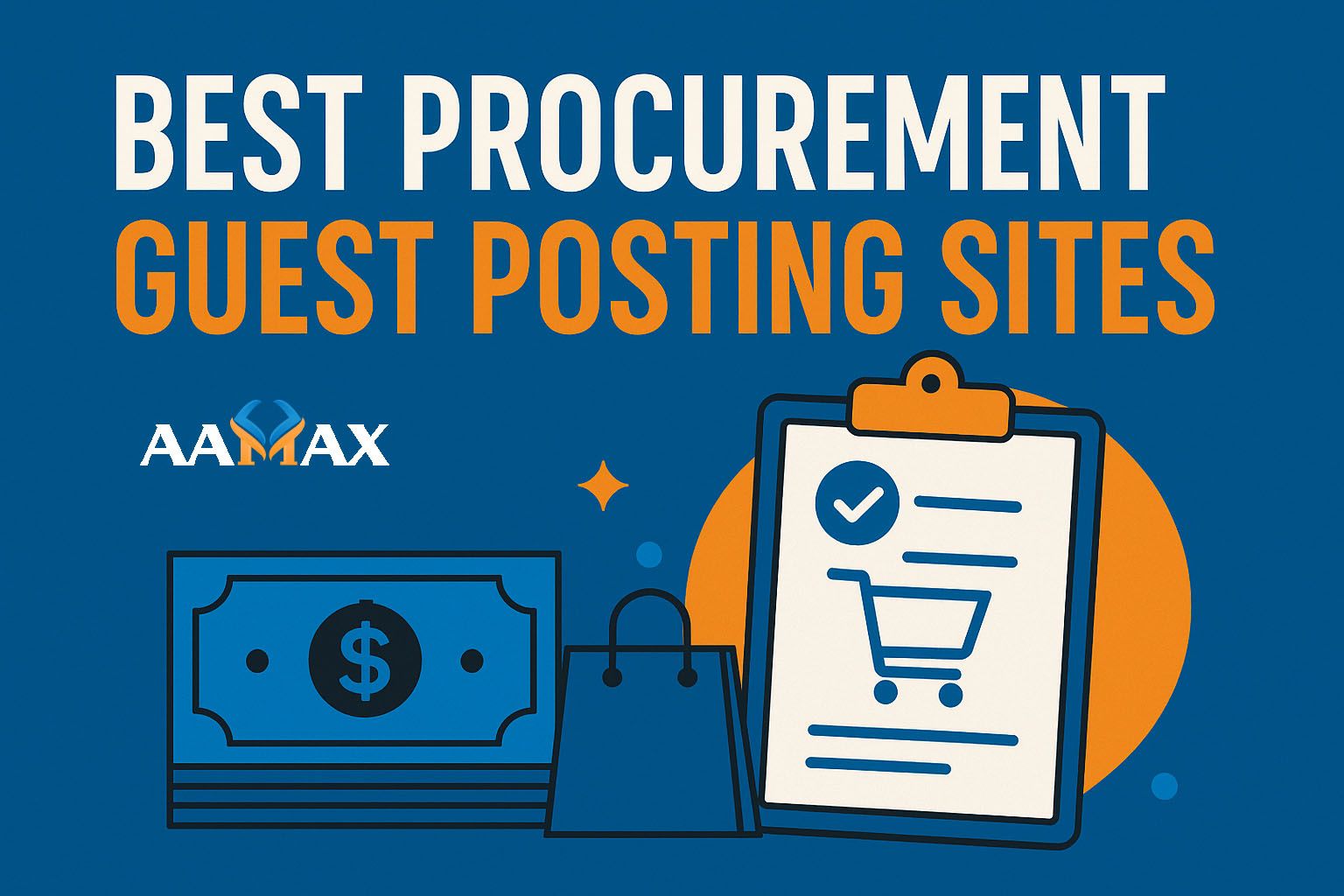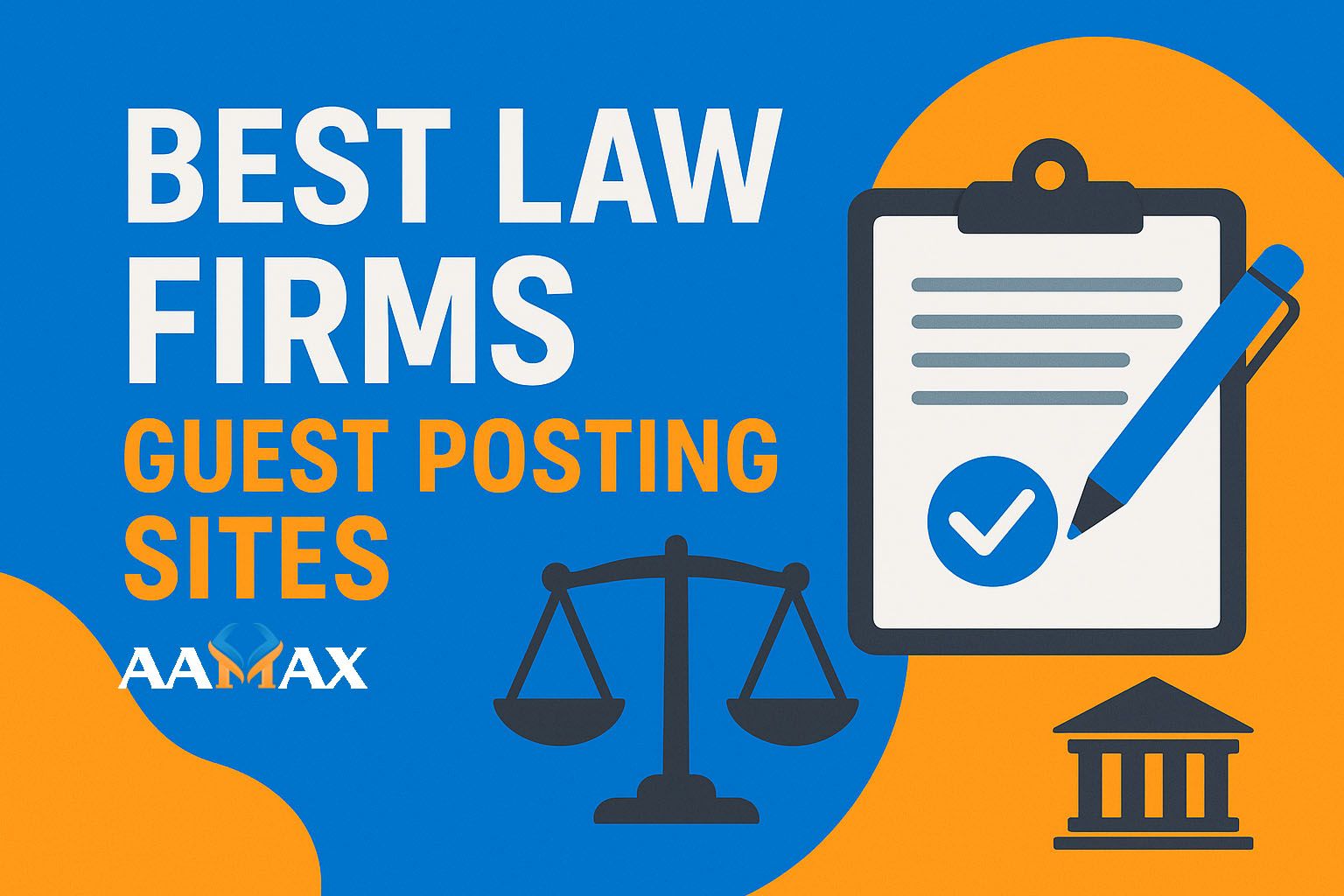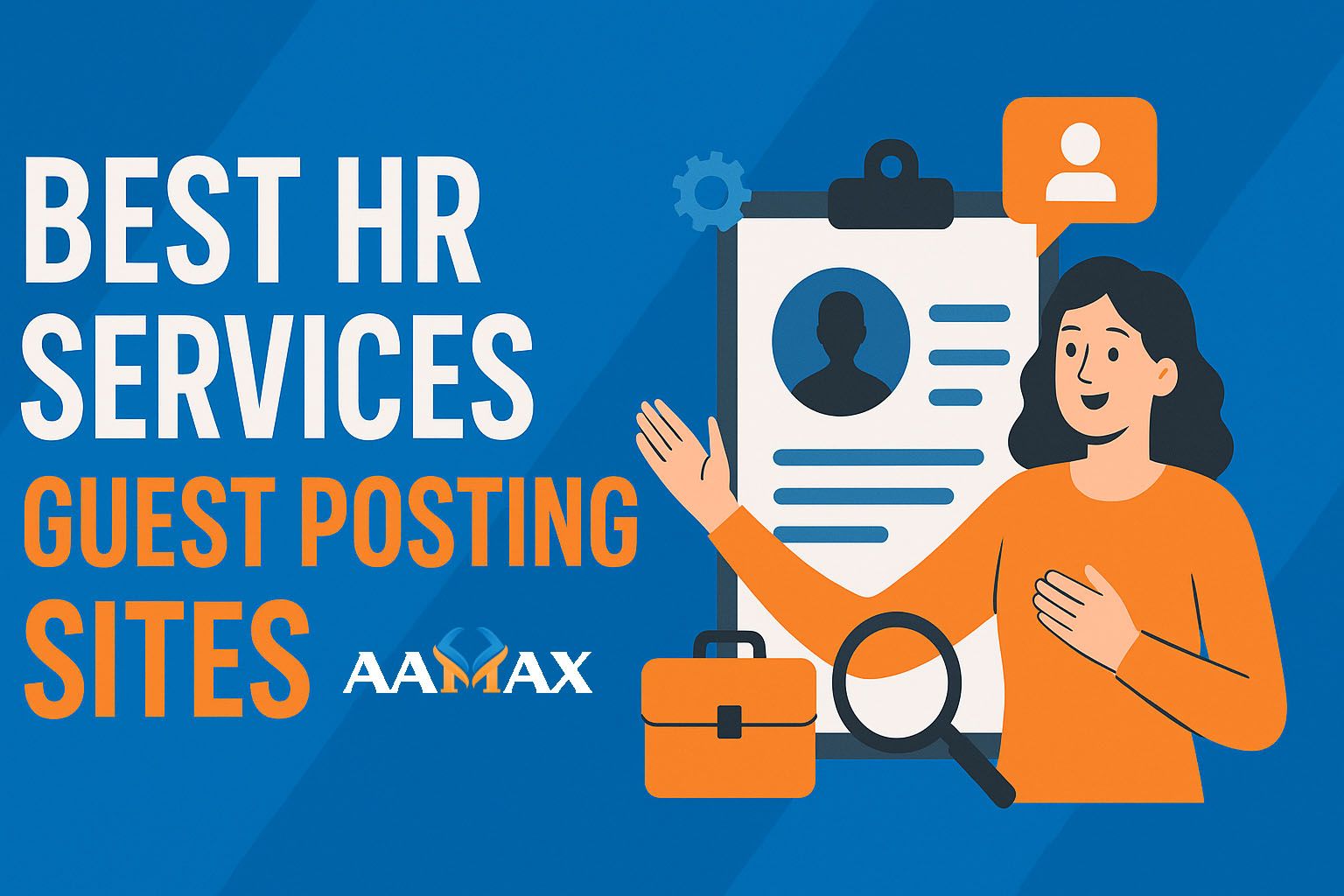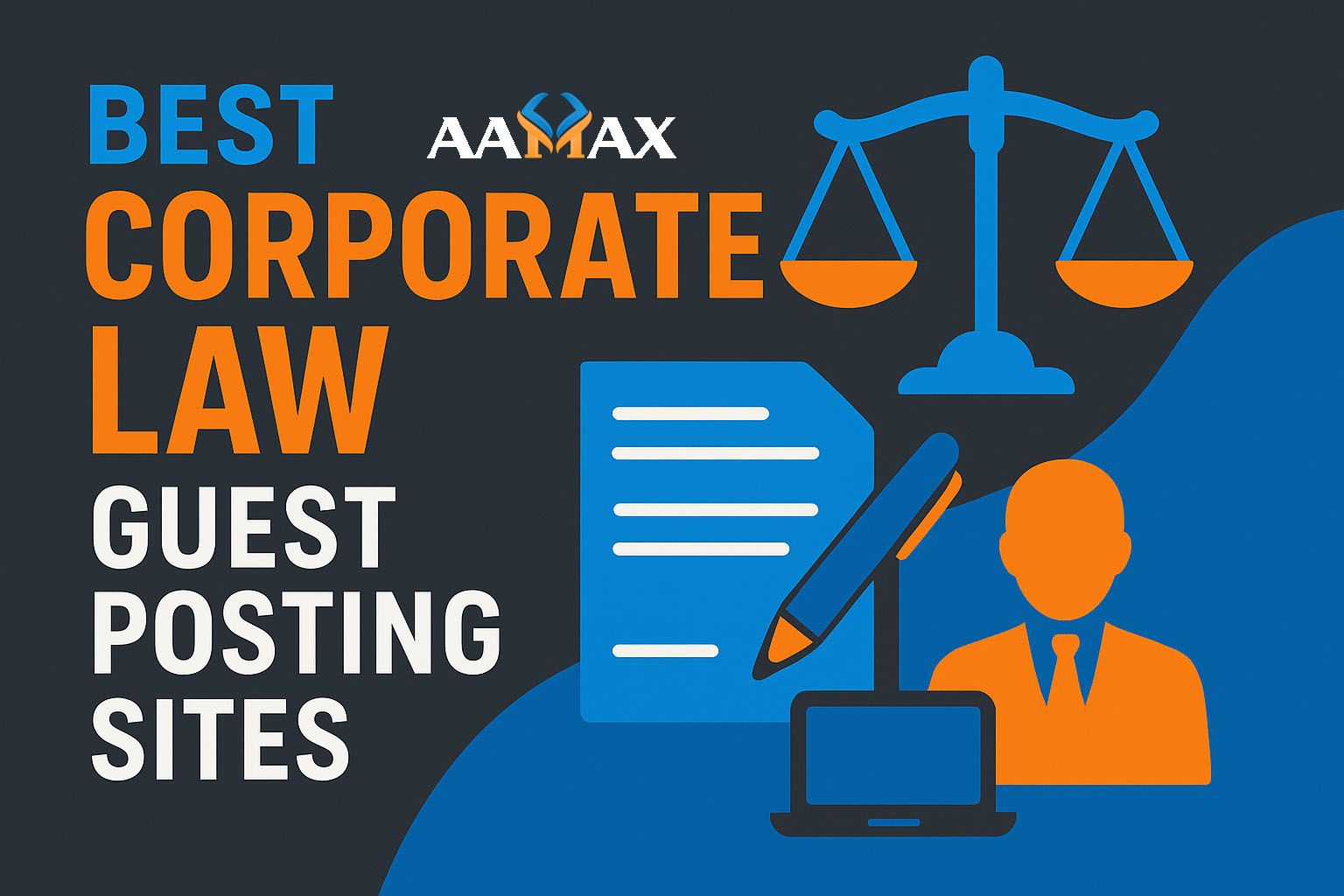
10 Types of Email Marketing to Engage Your Subscribers
Email marketing remains one of the most powerful digital strategies for businesses of all sizes. With billions of emails sent every day, it’s easy for your message to get lost in a crowded inbox. That’s why understanding the different types of email marketing campaigns is critical to capturing attention, building trust, and driving conversions.
Whether you’re a small business owner, a startup, or an established enterprise, the way you communicate through email can make or break your engagement with subscribers. In this article, we’ll dive into the 10 most effective types of email marketing campaigns that will help you stand out and keep your audience engaged.
Why Email Marketing Matters
Before exploring the different types, let’s understand why email marketing is essential in today’s digital world:
- Direct Communication: Unlike social media algorithms, emails go straight to your subscribers’ inboxes.
- High ROI: Studies show email marketing generates an average return of $36 for every $1 spent.
- Personalization: Tailored messages can boost open and click-through rates significantly.
- Automation: Modern tools allow you to send personalized campaigns without constant manual effort.
Now let’s break down the top 10 types of email marketing you can use to engage your subscribers.
1. Welcome Emails
When someone subscribes to your list, the first email they receive sets the tone for your relationship. A welcome email is your chance to create a positive first impression.
Why it works:
- Establishes brand identity.
- Builds trust from the beginning.
- Encourages subscribers to explore your website or services.
Example:
“Welcome to our community! Here’s 10% off your first order and some tips to get started.”
A well-crafted welcome email can significantly improve engagement rates and reduce unsubscribe rates.
2. Promotional Emails
Promotional emails highlight special offers, discounts, or limited-time deals. These are some of the most common types of campaigns used by businesses to drive sales.
Why it works:
- Creates urgency and encourages immediate action.
- Appeals directly to customer needs and desires.
- Boosts revenue during seasonal or holiday campaigns.
Tips:
Use clear subject lines, compelling visuals, and strong calls-to-action (CTAs) like “Shop Now” or “Get Your Discount.”
3. Newsletter Emails
Newsletters are sent regularly (weekly, biweekly, or monthly) to keep subscribers informed. These emails often include blog updates, company news, tips, and curated industry insights.
Why it works:
- Keeps your brand top of mind.
- Provides consistent value to subscribers.
- Positions you as a thought leader in your industry.
Subscribers should look forward to your newsletters as a source of helpful information, not just promotions.
4. Transactional Emails
Transactional emails are triggered by a user’s actions, such as purchases, account sign-ups, or password resets. Though functional in nature, they offer a valuable engagement opportunity.
Examples:
- Order confirmation emails.
- Shipping notifications.
- Payment receipts.
Why it works:
- Reinforces trust by confirming actions.
- Provides opportunities for upselling or cross-selling.
For instance, an order confirmation email can also suggest related products or offer loyalty rewards.
5. Re-Engagement Emails
Subscribers may go cold after a while and stop interacting with your emails. Re-engagement campaigns aim to bring them back.
Why it works:
- Revives inactive subscribers.
- Reduces list decay.
- Helps identify who to remove from your list.
Example:
“We miss you! Here’s a 20% discount just for you.”
By rekindling interest, you can either win them back or clean your list to maintain deliverability.
6. Educational Emails
Educational content helps you position your brand as a trusted advisor rather than just a seller. These emails deliver knowledge, tutorials, or insights that solve your subscribers’ problems.
Why it works:
- Builds authority and credibility.
- Nurtures leads with valuable content.
- Creates loyalty by providing solutions.
Examples include guides, how-to tips, and “Did you know?” series. Educational emails are especially effective for businesses in complex industries like finance, healthcare, or technology.
7. Event Invitation Emails
Event invitations are excellent for creating buzz around webinars, product launches, or in-person gatherings.
Why it works:
- Encourages community building.
- Provides exclusivity and excitement.
- Drives traffic to live or virtual events.
Use catchy subject lines like “You’re Invited!” or “Save Your Spot Today” to increase sign-ups.
8. Survey and Feedback Emails
Feedback emails allow you to gather insights directly from your subscribers. Whether it’s a short survey or a single-question poll, this type of campaign helps you improve products, services, and customer experience.
Why it works:
- Shows you value customer opinions.
- Provides data to refine your offerings.
- Builds stronger customer relationships.
Subscribers who feel heard are more likely to stay loyal.
9. Abandoned Cart Emails
For eCommerce businesses, cart abandonment is a major challenge. Abandoned cart emails remind customers to complete their purchase and often include incentives to encourage them.
Why it works:
- Recovers lost sales.
- Creates urgency with reminders.
- Boosts conversion rates by offering discounts or free shipping.
Example:
“You left something behind! Complete your purchase now and enjoy 10% off.”
A series of abandoned cart emails can recover a significant portion of lost revenue.
10. Seasonal or Holiday Emails
These emails capitalize on holidays or special times of the year. They can be promotional, festive, or simply a way of connecting with your audience.
Why it works:
- Aligns with customer shopping habits.
- Creates a sense of timeliness.
- Encourages emotional connection.
From Christmas promotions to New Year’s greetings, these emails allow your brand to stay relevant and engaging during key seasons.
Best Practices for Email Marketing Engagement
No matter which type of campaign you choose, keep these best practices in mind:
- Personalize messages: Use the recipient’s name and segment lists for better targeting.
- Optimize subject lines: Keep them short, relevant, and attention-grabbing.
- Test campaigns: A/B test content, design, and CTAs for maximum impact.
- Ensure mobile-friendliness: Over 60% of emails are opened on mobile devices.
- Provide value: Balance promotional content with educational or entertaining material.
How to Choose the Right Email Campaign
Not every type of email will work for every business. The key is to align your email marketing with your overall goals:
- Want to increase sales? Focus on promotional and abandoned cart emails.
- Want to nurture leads? Use educational emails and newsletters.
- Want to strengthen loyalty? Try re-engagement and feedback emails.
By mixing and matching different types of campaigns, you can create a well-rounded email marketing strategy.
Final Thoughts
Email marketing remains one of the most cost-effective and impactful tools for engaging your subscribers. By leveraging these 10 types of email marketing campaigns—from welcome emails and newsletters to re-engagement and holiday campaigns—you can build stronger relationships, drive conversions, and keep your audience excited about your brand.
If you want professional help creating impactful campaigns, consider working with AAMAX. AAMAX is a full-service digital marketing company offering web development, digital marketing, and SEO services to help your business grow.

